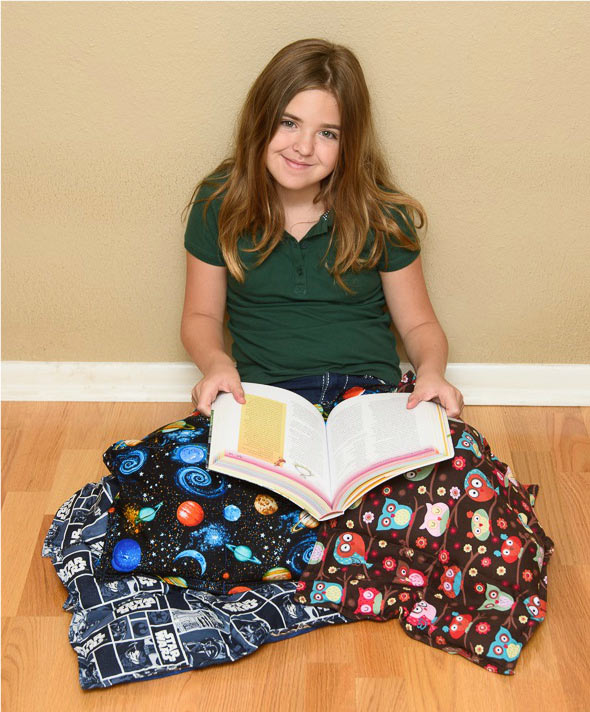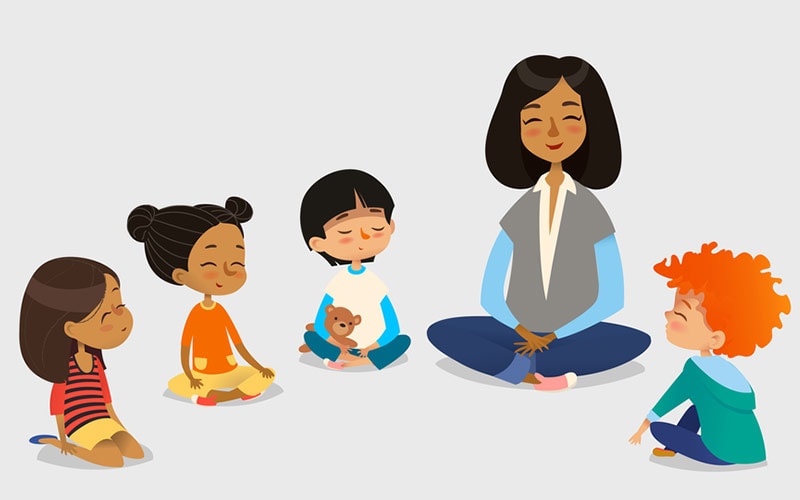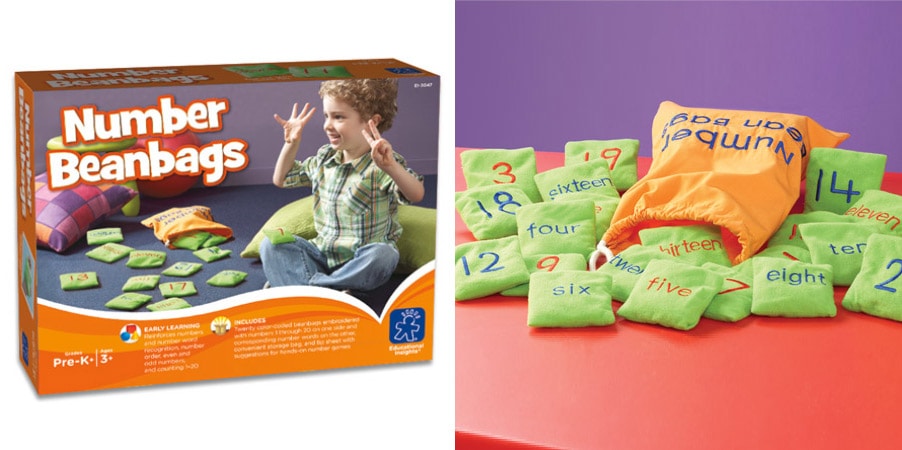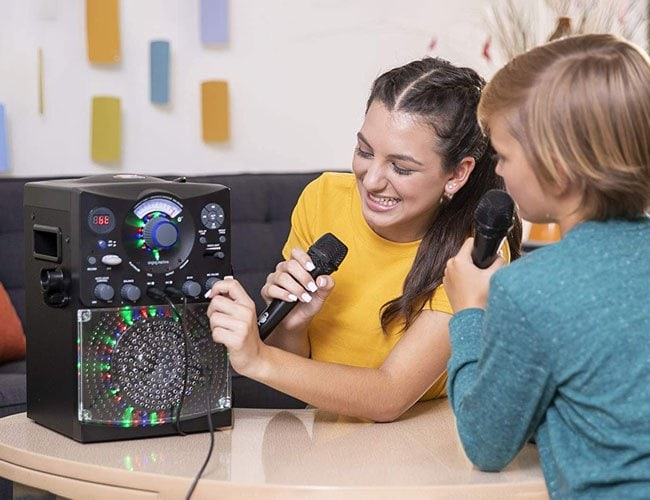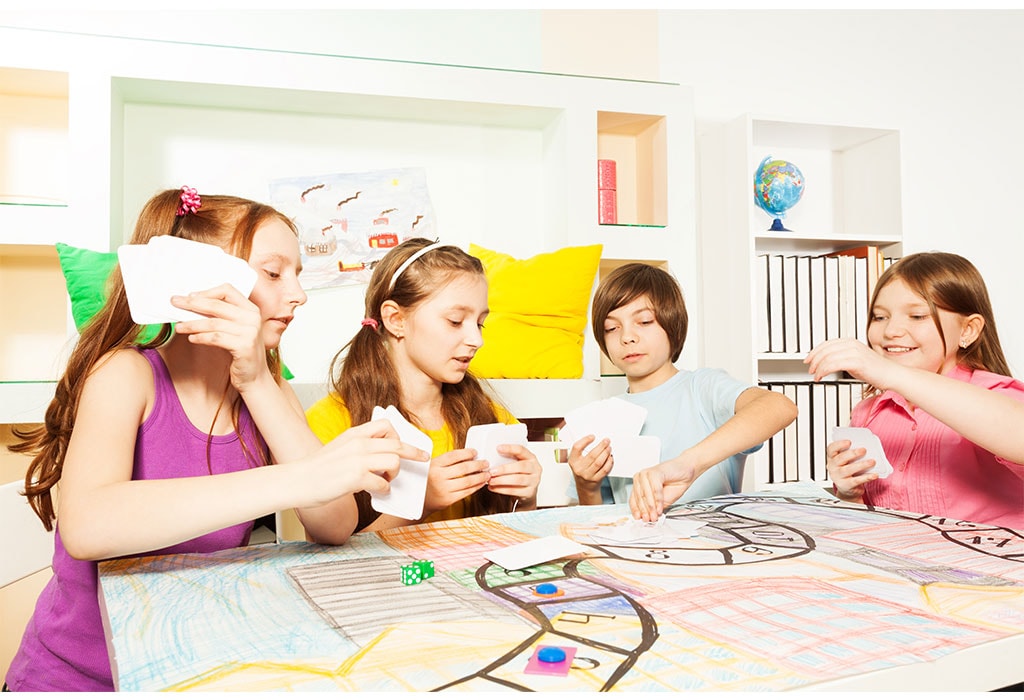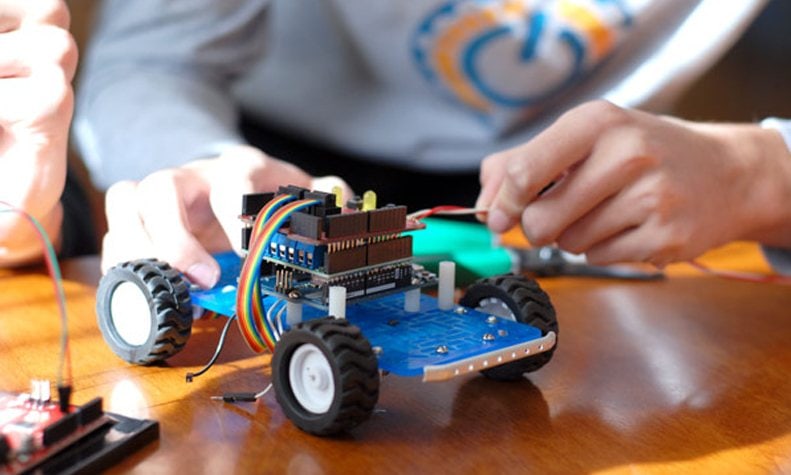When you have children at home, you probably aren’t a stranger to hearing these words: “I’m bored.”
This is why it’s useful to have an arsenal of activity suggestions available at a moment’s notice.
When suggesting activities to your child, it’s important to consider their interests and developmental capabilities. You want to choose activities that aren’t too challenging or underwhelming, and something they can initiate on their own.
Here are some suggestions that you can share with them…
1. Build a Blanket Fort
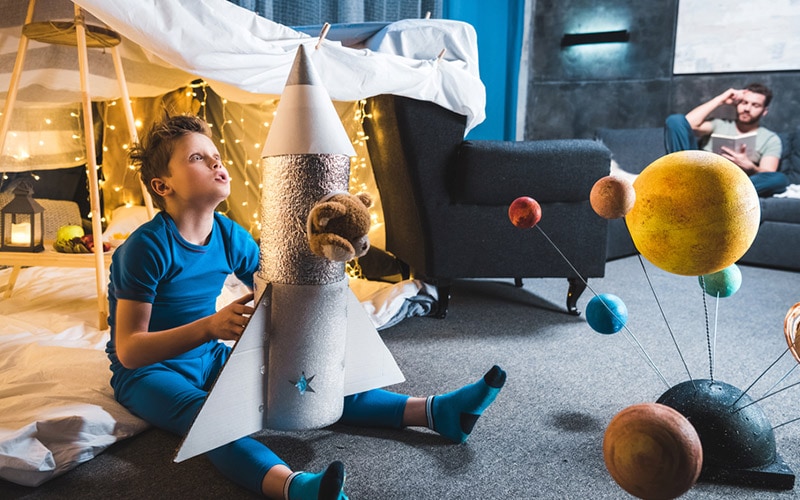
Skills developed: Building a blanket fort isn’t just fun, it’s a great way to develop cognitive skills like problem solving and planning, to build on independence and creativity, and de-stress after a long day.
Duration: There really isn’t a set time limit when it comes to blanket fort building – it can take as little as half an hour or extend throughout your child’s day.
I remember driving my parents’ crazy by moving the furniture and claiming every sheet, chair, and pillow in the house in order to build a huge blanket fort. It’s one of my fondest childhood memories! The best thing about building a blanket fort is that it can be whatever your child wants it to be, whether it’s just a cozy ‘home away from home’ or a castle protected by a dragon. The possibilities are endless!
2. Bake Cookies
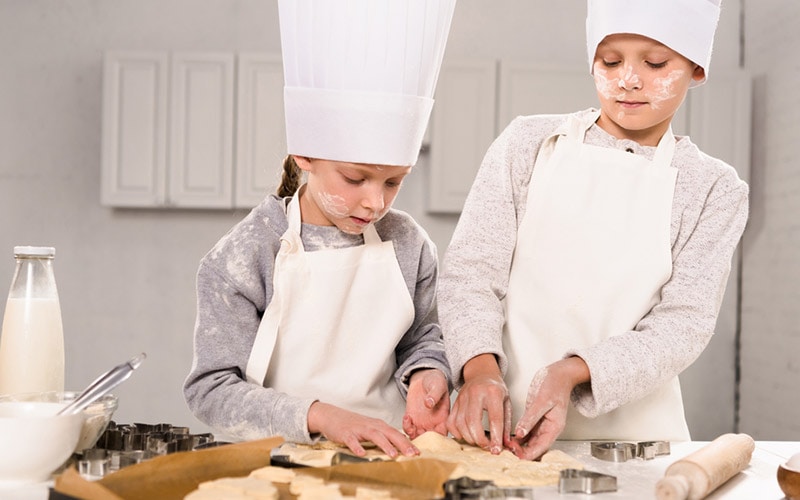
Skills developed: Baking is a great way to introduce your child to math and science concepts such as measuring, counting, and experimenting with ingredients by developing a hypothesis and recording the results. Reading and following a recipe is a great way to practice literacy skills, too!
Duration: You can expect baking cookies to take around 45 minutes – 1.5 hours depending on the type of cookie and the waiting time required.
Baking cookies together is a great way to spend some quality one-on-one time with your child away from distractions and screens. It teaches important life skills like following instructions, patience, and how to interpret recipes. If your child prefers more freedom, and doesn’t want to have to follow the instructions to a T, maybe coming up with some recipes for lunch or dinner could be fun, since it’s a little less science and a little more art than baking.
3. Have a Dance Party!

Skills developed: A dance party is a great way to encourage exercise and use of gross motor skills. Dancing builds a greater range of motion, coordination, and helps with developing confidence. Most importantly, it motivates your child to let loose and have fun!
Duration: A impromptu dance party can be any length; whether it’s a few minutes, an hour, or all day your child will have a blast dancing to their favorite tunes.
Clear some space and get your child’s favorite music playing – it’s time for a dance party. If you’re stuck inside, a dance party is a great way for your child to use up some of their overflowing energy. Dancing helps strengthen important skills and it’s a great way to introduce your child to new music or take some time to bond by dancing together.
4. Play ‘Simon Says’

Skills developed: Simon Says is a great game for practicing listening skills and following directions, improving body awareness, and encouraging gross motor movements.
Duration: However long they want to play for, but it’s usually fun for a good 15-20 minutes, at least.
The game “Simon Says” has a history that goes as far back as 1842 and remains popular with children today. If you’re unfamiliar with the game, one person is assigned the role of “Simon” and will issue basic commands to the other players (preferably 2+) starting by saying, “Simon Says…”
When the appointed Simon does not say “Simon Says” before a command, the other players should not follow through. It can be a tricky concept for children, that’s why it’s such a great game for teaching listening skills!
5. Make an Obstacle Course
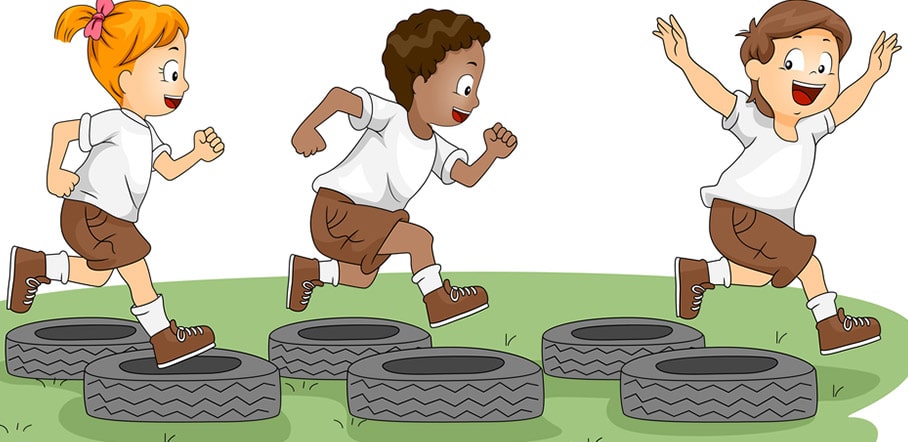
Skills developed: Homemade obstacle courses are great for developing gross motor skills like balance, coordination, and strength. Obstacle courses can be built to encourage sensory input in the form of heavy work, tactile experiences, and tasks to encourage vestibular movement.
Duration: Varies, but a larger course will keep your kids busy for longer!
If you have an active child on your hands, it can be difficult to find ways to fulfill the need to move while stuck inside. A good option is to make your own obstacle course, using materials you have around your house.
This could include big body movements, cushions or pillows to jump over, balls to throw, or something heavy to push. If your child is old enough, they can build their own course or you can make one for them based on their developmental capabilities.
I love the idea of an indoor obstacle course because you can adapt it to meet your child’s needs and you don’t have to buy special equipment – just use what you have available.
6. Create a Vision Board

Skills developed: Vision boards are perfect for teaching children about setting goals and how to achieve them. Additionally, children will experience positive self-esteem and increased confidence once they meet their goals.
Duration: Around half an hour – 45 minutes to prepare. The length for the goal to be achieved is completely up to your child and their individual goals.
To make a vision board, you’ll need poster board and pictures or words to help your child visualize their goals. Old magazines, newspaper, and the internet are all great tools for helping your child find the appropriate pictures or words they’d like to use for their vision board.
You can encourage your child to come up with short and long-term goals and it’s recommended that goals are achievable, but some fun dreams are okay too! The great thing about vision boards are that they can be designed anyway your child wants so they are always a unique creation.
7. Write a Letter to a Grandparent
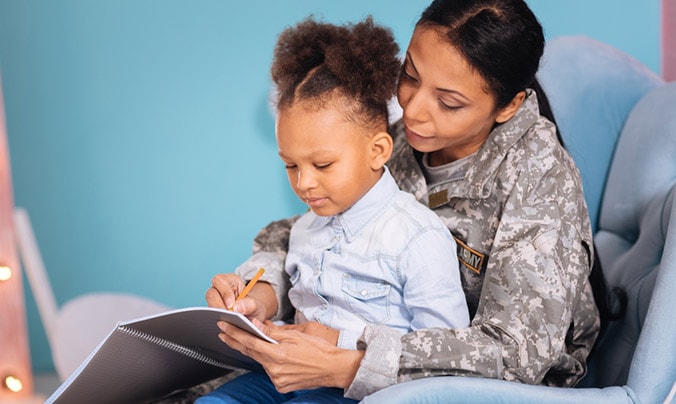
Skills developed: Writing letters is a great way for your child to work on their writing and communication skills. Writing to a grandparent (or anyone else they respect who would greatly appreciate a letter) helps your child connect in a special way with their loved one while bringing some joy to their grandparents, too.
Duration: Around 10-30 minutes depending on your child’s developmental capabilities and the length of the letter.
Although letter writing might be an odd thought to your child now that our days are consumed with text messaging and FaceTime, it’s a great opportunity to work on necessary skills while strengthening their relationship with an important person in their life.
Your child can write to their grandparent about any topic they’d like – whether it is to say what they appreciate about their grandparent, how their summer vacation was, or the things going on in their daily life. If your child’s grandparent chooses to respond by writing a letter back, your child will learn patience and start to look forward to writing and waiting for a response back.
8. Go on a Scavenger Hunt

Skills developed: Scavenger hunts have numerous benefits for your child such as learning how to work as a team, problem solving skills, gross motor skills, and learning about the world around them.
Duration: The length of a scavenger hunt can range anywhere from 20 minutes – almost an hour depending on the amount and type of items your child needs to look for.
There are endless possibilities when it comes to creating a scavenger hunt for your child. You can focus on certain learning objectives like math (find 1 + 2 flowers outside), colors (find a certain number of green objects), letters (find uppercase letters around the house), shapes (hide different shapes around the house for your child to find), and so much more.
I love that you can customize this activity to suit your child’s interests, development, and learning goals. Another benefit is your child learning how to create their own scavenger hunts with siblings or friends.
9. Have a Tea Party

Skills developed: Hosting a tea party with your child is a great way to encourage pretend play. Pretend play is valuable for teaching your child about the world around them, practicing for real life scenarios, developing complex social skills, and contributing to emotional and social intelligence.
Duration: 30 – 60 minutes
To set up a tea party, your child can invite friends, family, or even host an assortment of stuffed animals. This can be a fully customizable experience that benefits from a child’s curiosity. For added benefit, your child can use real cups, tea, and serving dishes along with real pastries and fancy outfits.
10. Try Geocaching
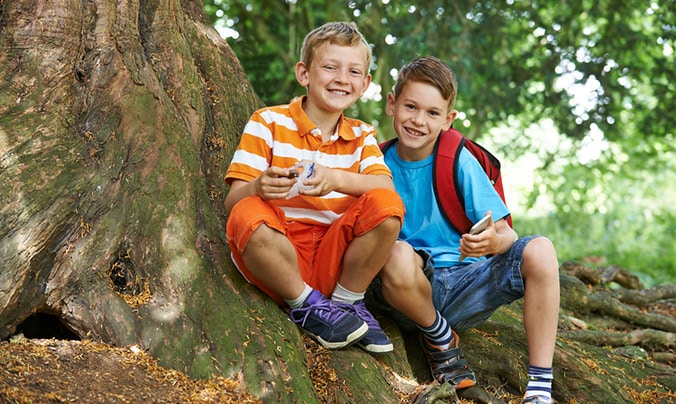
Skills developed: Geocaching is a fun activity that gets children engaged and moving around, making it a great choice for encouraging more physical movement. Searching for geocaches with a group builds a sense of belonging, positive self-esteem, and improved social skills.
Duration: This activity can last anywhere from 30 minutes to an entire afternoon based on geocache availability in your area.
Geocaching is similar to a scavenger hunt. The goal is to find a hidden object using the provided GPS coordinates found on a website or phone application. Children can look for a geocache or submit their own coordinates for a geocache they’ve hidden.
Final Thoughts
It’s a good idea to print off some of your favorite ideas, or just write them down on a list somewhere. You could create little cue cards with different activities, shuffle the pile and have your child pick one out at random if they can’t decide what to do. Either way, having these ideas (and more) at the ready can make life a little bit easier!

